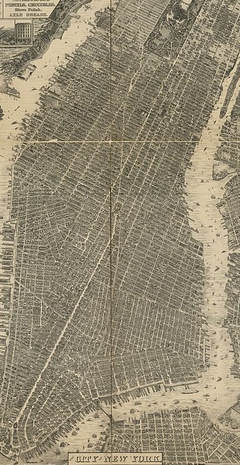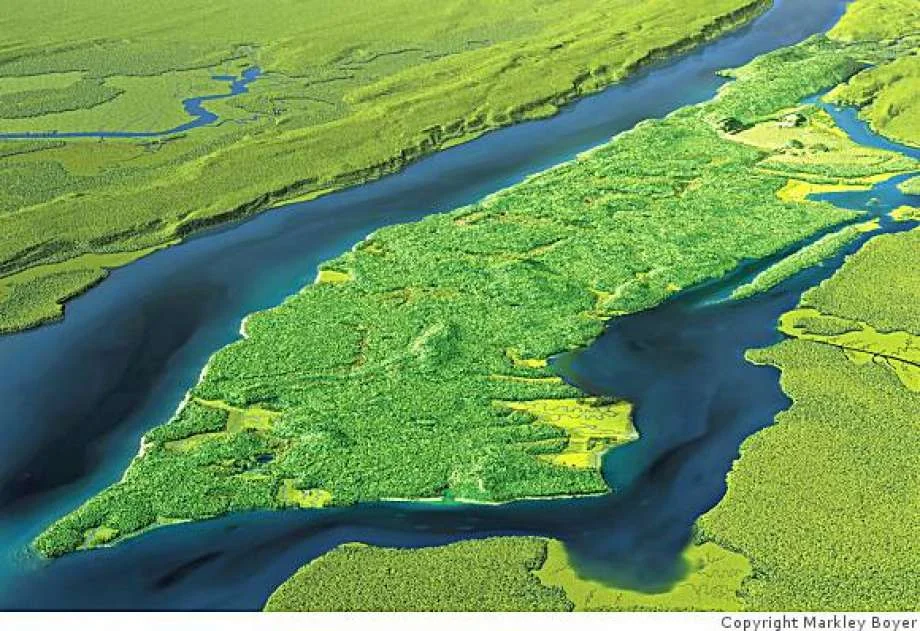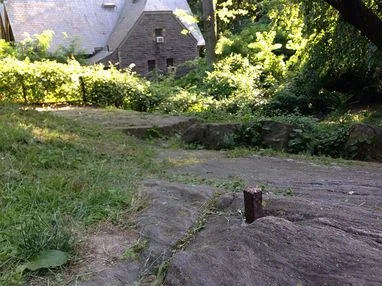Myth #6: The Grid Plan Caused Too Much Density and Rampant Land Speculation
By Jason M. Barr with Gerard Koeppel
In the two centuries since its creation, the grid plan has had no shortage of critics. Many, for example, have bemoaned its relentless monotony, its disregard for Manhattan’s topography and its lack of grand boulevards. In many respects, the grid has become a kind of Rorschach blot for the failures of 19th century New York to provide a cleaner, more efficient, and greener city. Detractors often see the plan as the cause or catalyst of the larger problems that New York confronted from rapid economic growth, massive immigration and poverty, and a municipal government that was, more or less, unable and unwilling to effectively handle these issues.
Read More










